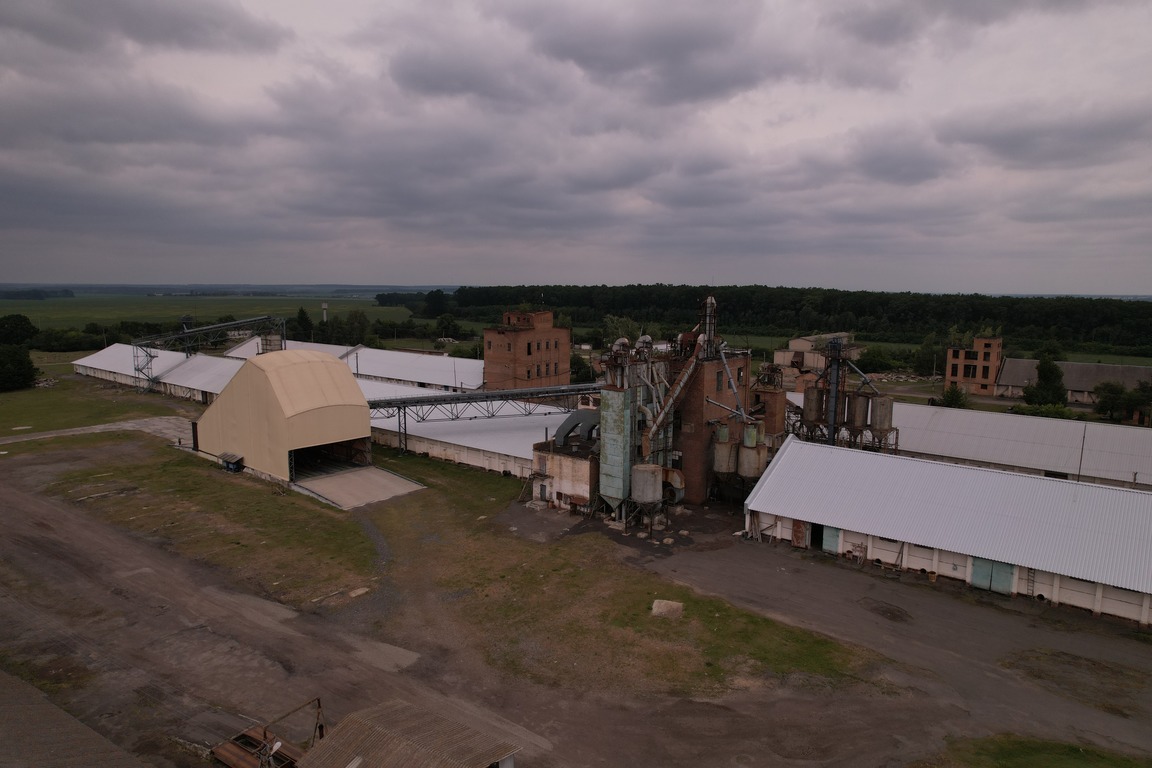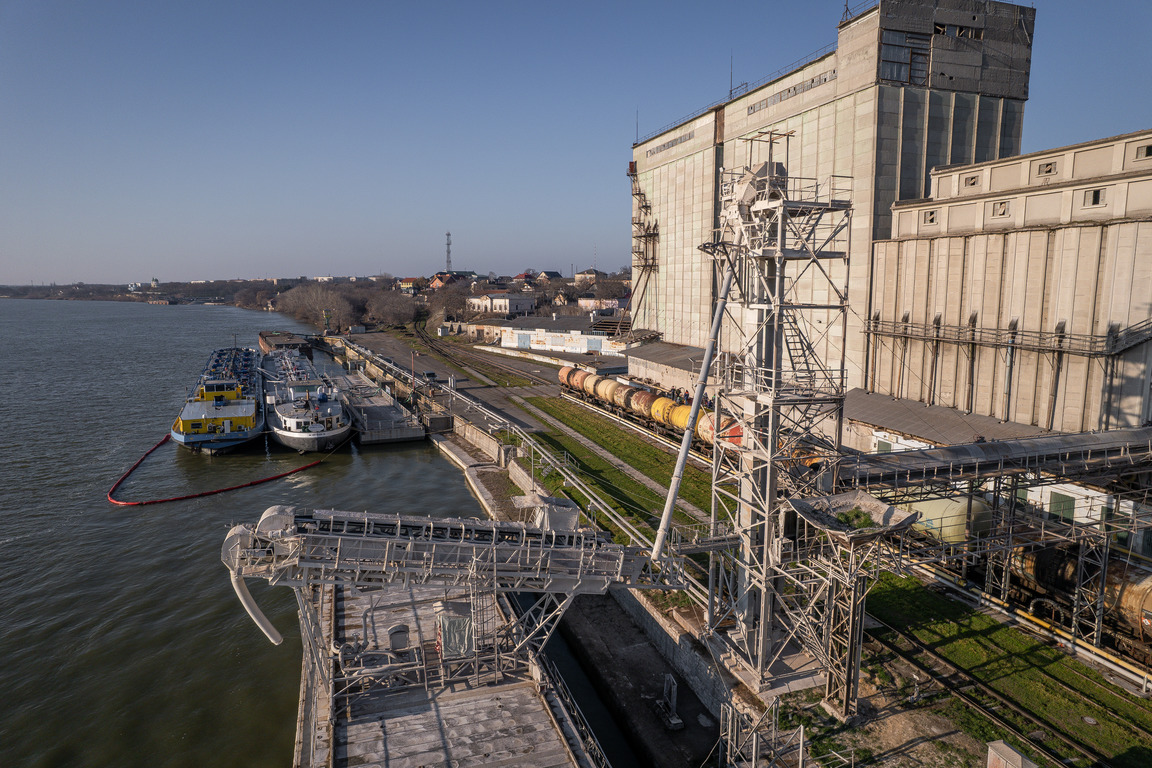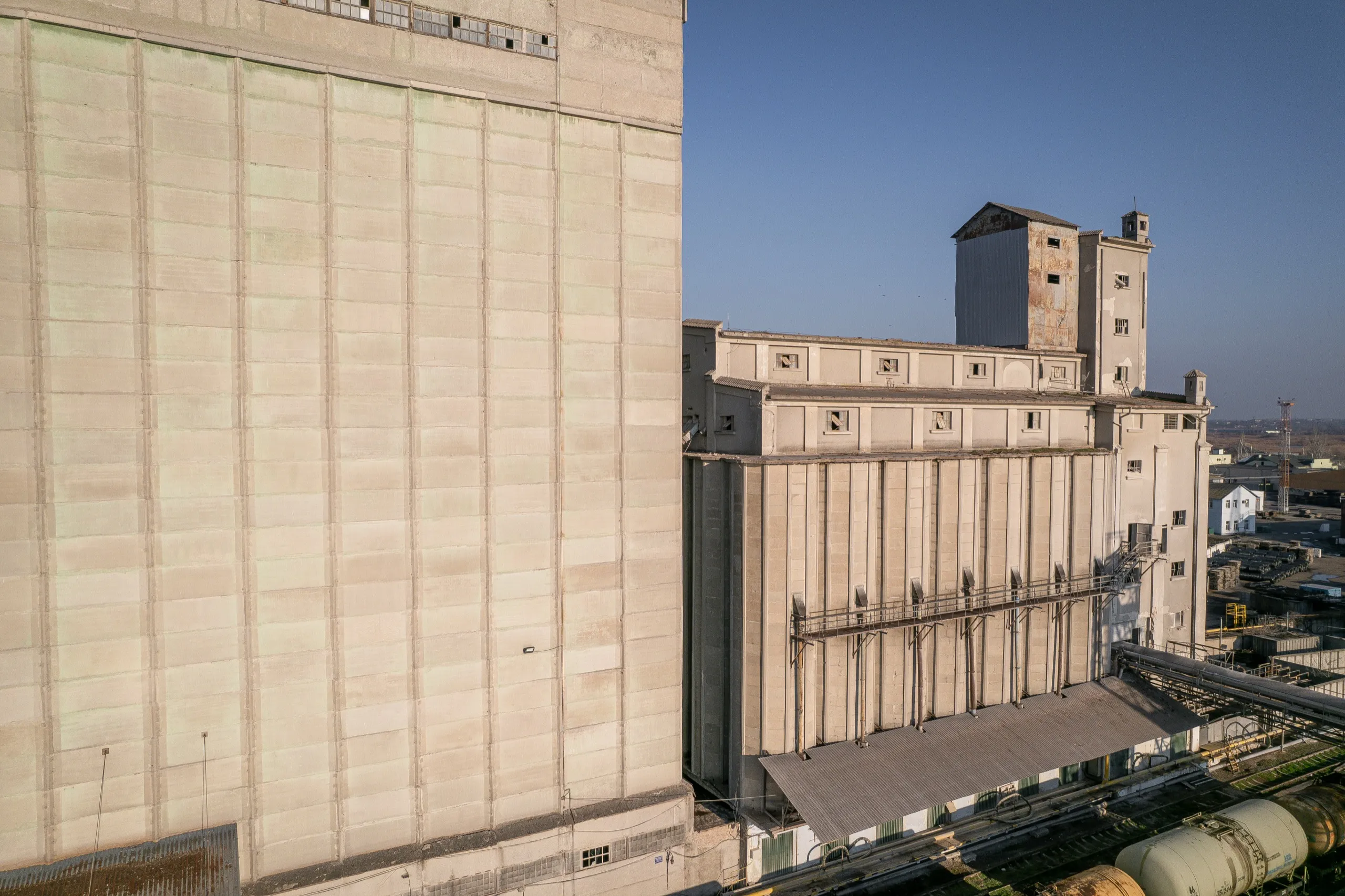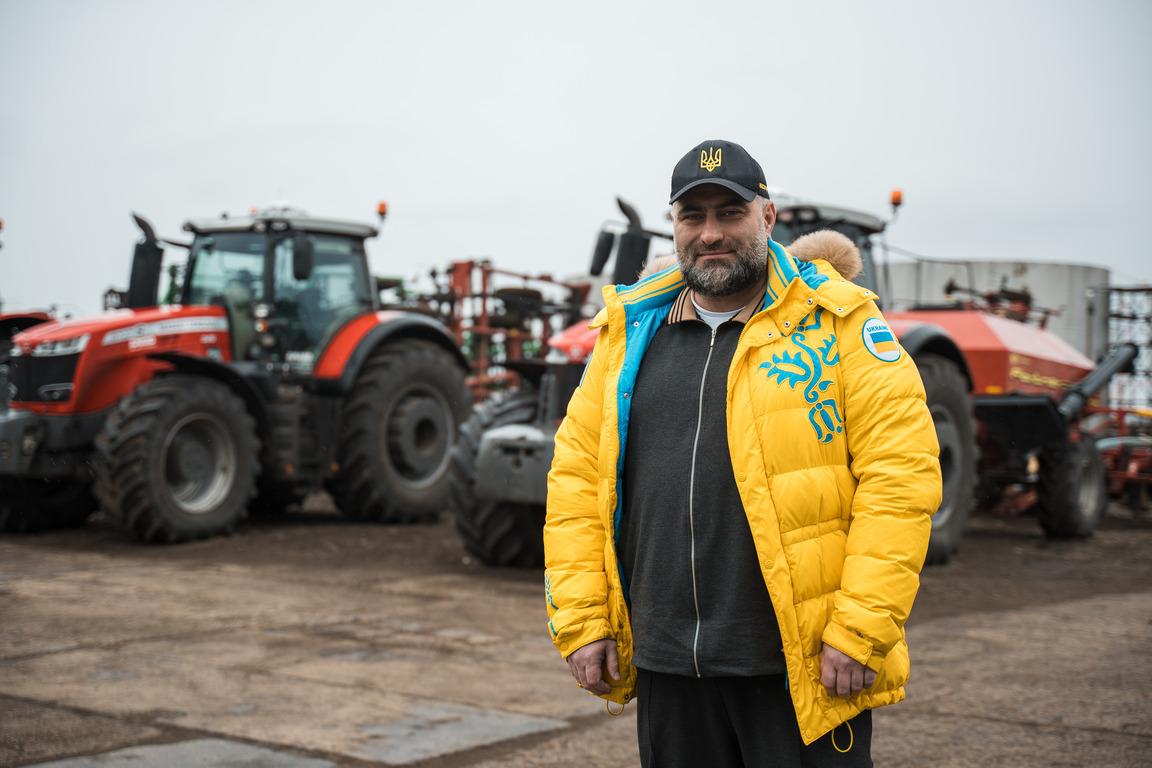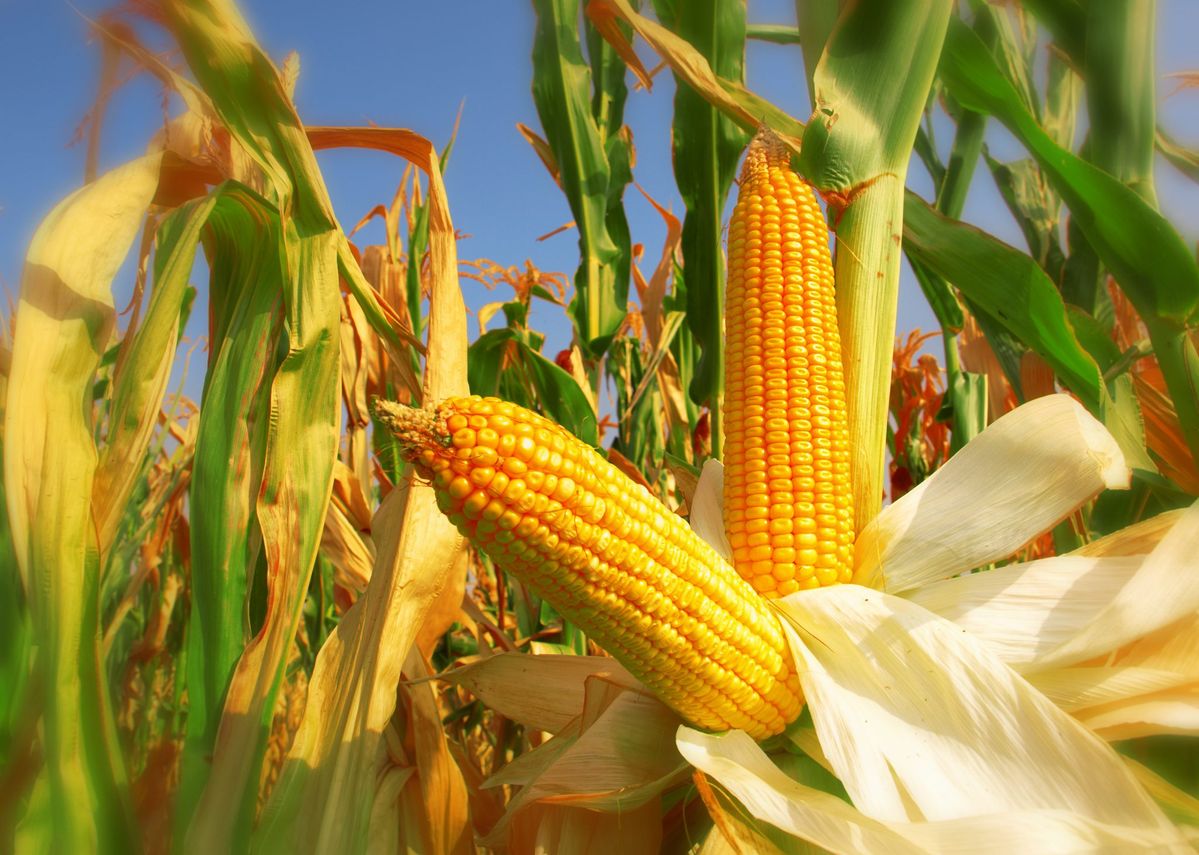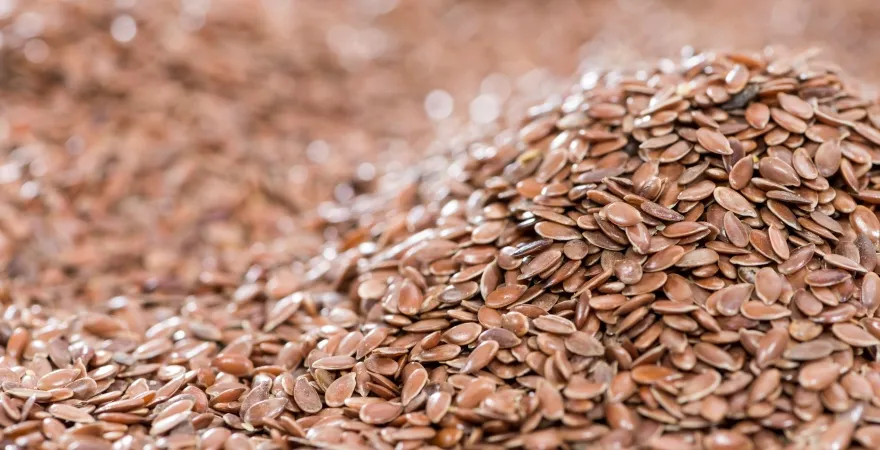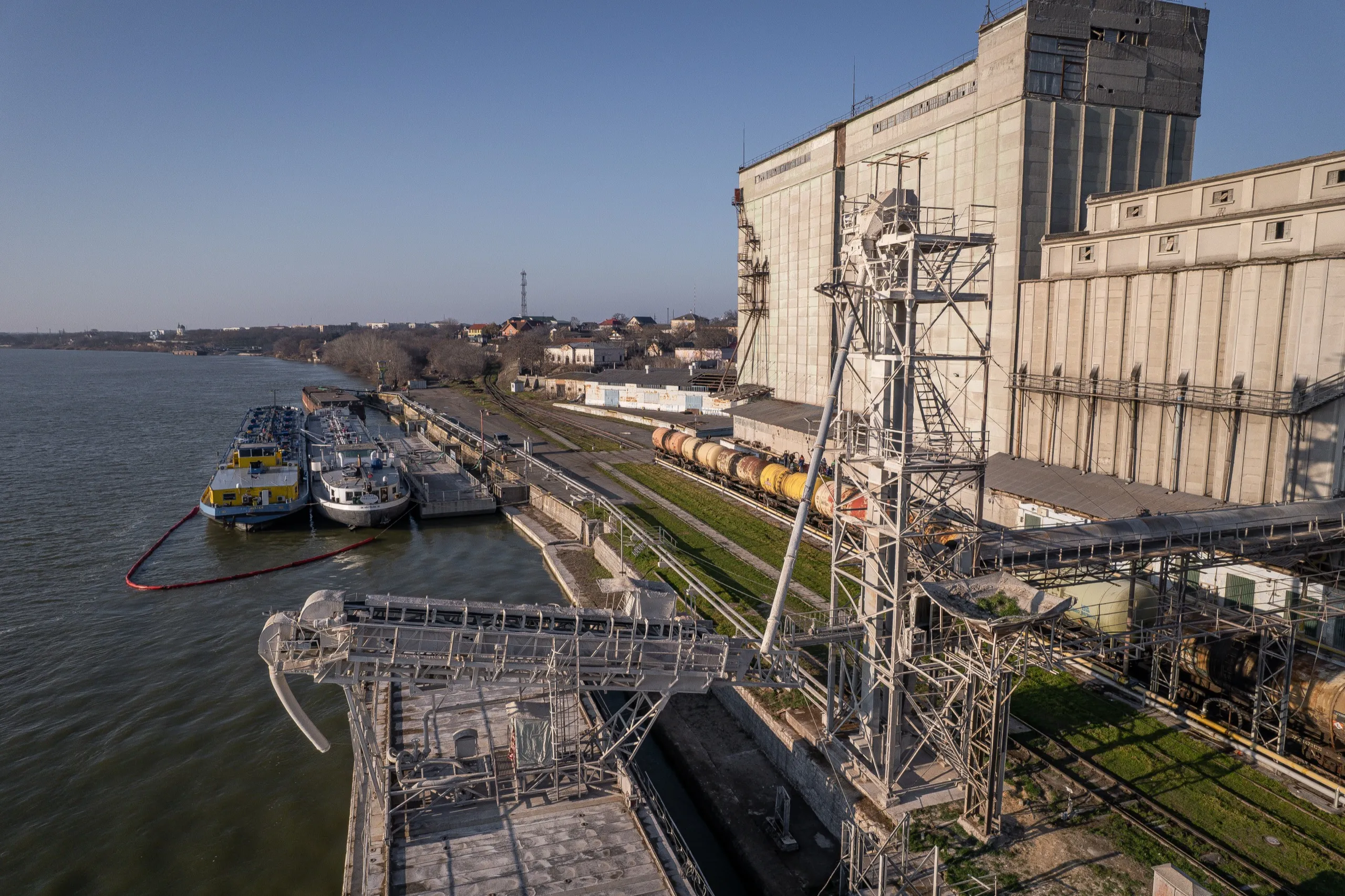Region Grain Company (RGC) is not the most publicly traded Ukrainian agricultural holding, which only provokes market interest. The group manages almost 10,000 hectares of land in Odesa region, four elevators with a total storage capacity of 200,000 tonnes, and is also a prominent player in the trading market – last season, the holding traded 1.5 million tonnes.
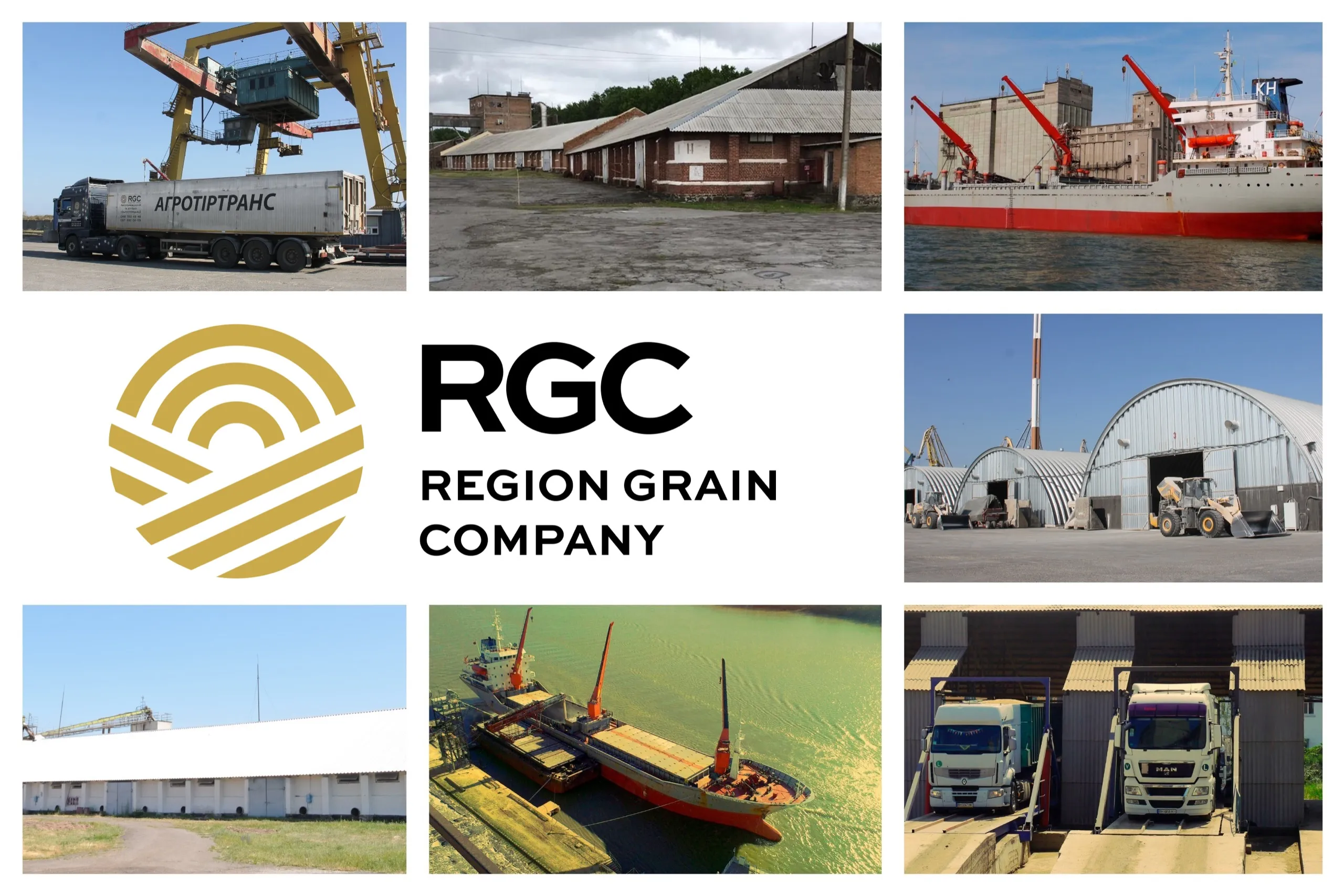
Trading: the river and the ‘big water’
Today, trading is a key area of RGC’s business. Last season, the holding exported about 1.5 million tonnes of grain from Ukraine, transshipping cargo both on the Danube and in the ports of Greater Odesa. RGC faced a tough period in August last year and lasted until the end of December. At that time, the company was able to load up to 8,000 tonnes of grain onto barges per day, operating from four loading points in Reni, Izmail and Chornomorsk. After that, the vessels headed to Constanta, where the grain was reloaded onto panamaxes.
There was also a record breaker – RGC brought the first handysize in the port’s history to Izmail.
“This is a 154-metre MOAYAD vessel. We chartered it: we loaded 14,000 tonnes in Izmail, then another 10,000 tonnes in Constanta. This is a precedent for the port of Izmail. Previously, we used to load vessels with a deadweight of 10-12 thousand tonnes at our elevator in this port. This is the first time we have loaded a 25,000-tonne vessel. Near the elevator, the vessel was unable to turn around and load, so we loaded it from the port’s eighth berth – with cranes. And even they could barely reach the vessel,” recalls Gennadiy Matkovskiy, one of the partners.
Currently, RGC exports grain mainly on CIF terms. The main markets are Bangladesh, Vietnam, Egypt, Spain, Italy, and Turkey.
But in general, according to Gennadiy Matkovskiy, Ukrainian agricultural exporters are currently squeezed from several sides. To put it mildly, the domestic grain trade is not booming: farmers are holding back both wheat and corn in warehouses. In particular, corn was trading poorly even in a growing market, when the price reached UAH 10 thousand per tonne. Now that prices for this crop have fallen, farmers are selling it poorly.
Foreign markets have their own specifics. Egypt and Africa are dominated by Russian wheat exporters. Brazil supplies corn to the Spanish market at prices that no longer make exports from Ukraine worthwhile. As a result, Ukrainian exporters have to look for new markets.
However, RGC believes that this season the situation was significantly affected by an internal factor – the drought and low grain harvest in Ukraine. Accordingly, it is possible that in the future, Ukrainian agricultural exporters will be able to reverse the situation.
RGC is ready for this. Over the past 2.5 years, the holding has significantly increased its port transshipment capacity. In particular, it has built several warehouses in Chornomorsk with a total storage capacity of about 40,000 tonnes and is now exporting grain in partnership with the state-owned morts of Greater Odesa.
One for two regions
The agricultural segment of RGC is represented by Raliyivka. The company has been operating for over 20 years, but has been part of the holding since 2019. Over the past five years, the company’s operations have been virtually built from scratch. Currently, Raliyivka cultivates about 9.5 thousand hectares. Most of this land was previously managed by Agroinvestgroup. After the bankruptcy of the holding in 2019, RGC entered into new lease agreements with its shareholders, voluntarily repaying Agroinvestgroup’s debts to them, which allowed the company to consolidate most of the bankrupt agricultural holding’s land bank.
Moreover, RGC continues to expand its land bank. But now it is mainly through the acquisition of land in private ownership. After the opening of the land market in Ukraine, RGC actively participated in the process and today owns about 2,000 hectares.
But overall, Raliyivka operates in a rather challenging environment. The company’s fields are located in two regions: most of the land is in Odesa region, and 1.3 thousand hectares are in Mykolaiv region. The distance between the extreme points is more than 120 kilometres.
This, however, does not prevent Raliyivka from harvesting high yields. Last year, for example, the corn yield on the farm’s fields exceeded 8 tonnes per hectare. This year, even in the face of drought, it is 6 tonnes per hectare. Given that the climatic conditions in Odesa are not optimal for growing corn, to put it mildly, the result is more than significant.
At the same time, the company is really creative in its crop rotation, taking into account the current situation. As for winter rapeseed, for example, we decided to sow it only if the soil moisture level was at least 15 mm as of 15 August. As a result, rapeseed has completely dropped out of the company’s crop rotation – this year, they have abandoned it altogether.
“Last year, we sowed flax instead of rapeseed. We got a good harvest of 2 tonnes per hectare. This year, it is even more. The sunflower and corn suffered, in fact, they died, but the flax grew. We also grew a little durum wheat – Serbian-bred durum. We harvested it and sold it well. We will sow more. We bought the seeds directly from producers in Serbia. It took us a long time to find them, a long time to negotiate, but we finally bought them. So next year, I think we won’t have any problems with durum seed. So next year, I think there will be no problems with sowing durum,” says Oleksandr Khachaturyan, director of Raliyivka.
The ratio of winter and spring crops in the company’s crop rotation is about 50% to 50%. The main crop is wheat. It is grown on 4,000 hectares. The company grows corn and sunflower on plots of 2,000 hectares each. The company builds its economy on these three pillars.
Over the past 5 years, Raliyivka has completely renewed its agricultural machinery fleet, switching to wide-cutting equipment, purchasing powerful Massey Ferguson tractors, new Kinze seeders, and two self-propelled sprayers. And now the company tries not to hire outside machinery to cultivate its fields.
“All the land we are currently cultivating was previously arable. We gave up ploughing almost immediately and completely. We don’t have a single plough today – we sold and disposed of them. I think I gave the last plough to someone as a gift. We cultivate our fields exclusively with a deep cultivator. We don’t miss our ploughs. Especially if you remember that this year it hasn’t rained for three months.”
The company has also radically reformed its agronomy service. Previously, there were nine agronomists, now there is only one.
Of course, in addition to the agronomist, there are people who perform agronomic functions in the fields. But without fanaticism and following the mainstream, such as mindless fertilisation.
‘We call this position a field supervisor,’ explains Alexander Khachaturyan.
Moisture remains the main limiting factor in southern Ukraine. Due to the drought, plans and agricultural technologies have to be adjusted to take into account the soil’s moisture content.
“Odesa region is a risky farming area and it does not forgive mistakes. You have to do everything right, and if you do it wrong, it will happen. So we try to balance and avoid making mistakes. In other regions, if you do something wrong when applying plant protection products, it will rain and everything will be levelled. But in our region, you have to do it right or do it wrong. Although, if you want to get the best result, you also need to experiment. This year, for example, we planted cotton on 20 hectares. It didn’t work out as a miracle, but we discussed the field, drew conclusions and moved on.”
Union of four
RGC’s elevator segment is formed by four companies: “Kublych Grain” owns two elevators in Vinnytsia region – Kublytskyi (capacity 55,000 tonnes) and Barskyi (41,000 tonnes), “Agro Zirkova” operates Berezivskyi (50,000 tonnes) in Odesa region, and “Sun Logistic” owns the Izmail Port Elevator (25,000 tonnes). The fourth link, “E.K.O. Group”, is a port operator that directly sells the goods for export.
All of RGC’s elevators are route elevators. Each can load 40-50 wagons of grain per day.
The total storage capacity of RGC is almost 200 thousand tonnes. One elevator has floor storage, two have silo storage, and one, Berezovsky, has combined storage.
“Over the past two years, we have modernised both Kublych Grain elevators. At Kublytskyi, we modernised the cargo reception and transportation unit. At Barske, we upgraded the shipment line, installed railway strain gauge scales, built a railway interchange, and now we can load the route in a day,” says Igor Aleksandrov, founder of Kublych Grain.
In the best seasons, the holding’s Vinnytsia elevators made two turns each. The Izmail asset operates as a port asset, so it has its own ‘arithmetic’ – over the past marketing year, the elevator transferred 180 thousand tonnes to the Danube. In fact, it made 7 turns. At the same time, while last year the holding transshipped mostly its own grain volumes at the elevator, this year it provides transshipment services to other companies, on average 25-30 thousand tonnes per month.
The market’s interest in the Danube has declined significantly since the ports of Greater Odesa became fully operational. However, the river helps to build alternative logistics routes in times of exacerbation on the big water. For example, as it was in October after the shelling of port infrastructure and civilian vessels in Odesa.
“After the October shelling of Odesa’s port infrastructure, which damaged several vessels, there was a real surge of interest in the Danube ports. Some traders have redirected their cargo flows from Chornomorsk to Izmail. One of the traders also approached us about transshipment in Izmail. So, in any case, the Danube ports will have their own market niche. Moreover, they have their own advantages.”
The fact is that on the Danube route, traders incur lower costs for war risk insurance. In addition, there is its own market for bonfires. When it comes to a small consignment of 5-6 thousand tonnes of grain, it is sometimes easier to load and ship a vessel on the Danube, in Izmail, rather than waste time accumulating large volumes of grain to ship from the ports of Greater Odesa.
By the way, over the past year, RGC has almost tripled the capacity of the Izmail elevator, which can now handle up to 40 grain wagons per day. As a result, the cost of transshipment in Izmail has fallen even further compared to the ports of Greater Odesa – the difference is $5. In addition, we saved $1.5 on insurance.
In general, RGC elevators are focused on storing their own grain. However, as the holding is also a major trader, it also actively purchases grain from farmers.
RGC sees no reason to increase storage capacity in the near future. Especially given the recent trends, when some farmers are reorienting to building their own warehouses and mini-elevators.
What about the difference between silos and floor elevators? From an economic point of view, silos are more profitable, says Sergey Onufriev. Maintenance of floor warehouses is more costly.
“By definition, almost everything at a silo is automated. The same Izmail elevator can actually be operated by one person. A floor elevator requires more people to operate. This means higher costs. But where it is necessary, we are, of course, improving the infrastructure. In Izmail, for example, we installed a ship-loading machine and built a stationary ship loading line.”
Focus on wheels!
RGC builds logistics within the company according to the classical scheme. Today, the holding has a fleet of about 70 trucks. These are not only grain carriers, but also petrol tankers. Overall, RGC has enough vehicles to meet its internal needs. The holding has no plans to build its own railway fleet or fleet in the foreseeable future.
“From the point of view of logistics services, investments in rail transport for us are essentially freezing funds. Previously, a grain car produced by Dneprovagonmash paid off in 5-6 years, but now we estimate that the payback period is at least 10 years. That is why large agricultural holdings buy grain wagons mainly to meet their own transport needs,” emphasises Roman Bateko, Head of Logistics at RGC.
At the same time, the main challenges faced by RGC in the logistics segment are high competition in the market and a shortage of staff. According to Roman Bateko, the current year’s climate disasters have worsened the situation – many farmers are in no hurry to sell grain, hoping for better prices. And the grain that has arrived at the elevator is most often transported to the port by rail. As a result, many road hauliers are now actually operating at negative profitability.
“We don’t have enough people at the service stations, we are constantly looking for drivers. Some people left the territory of Ukraine, some went to war as volunteers, some were mobilised. But in general, the market is subject to natural selection – the strongest will survive. As for our company, we will definitely increase our vehicle fleet. If we have already started on this ‘track’, we need to move on. We are looking forward to next year.”
Some of the vehicles will be renewed, and the overall fleet is planned to increase by 20%. However, Roman Bateko admits that the supply of services on the market now far exceeds demand – many of the owners of container ships have converted them into grain carriers. The only thing left to do is to ensure that everyone has enough grain. But this is definitely not a question for carriers.
Valentyn Khoroshun, Konstantin Tkachenko, Latifundist.com

